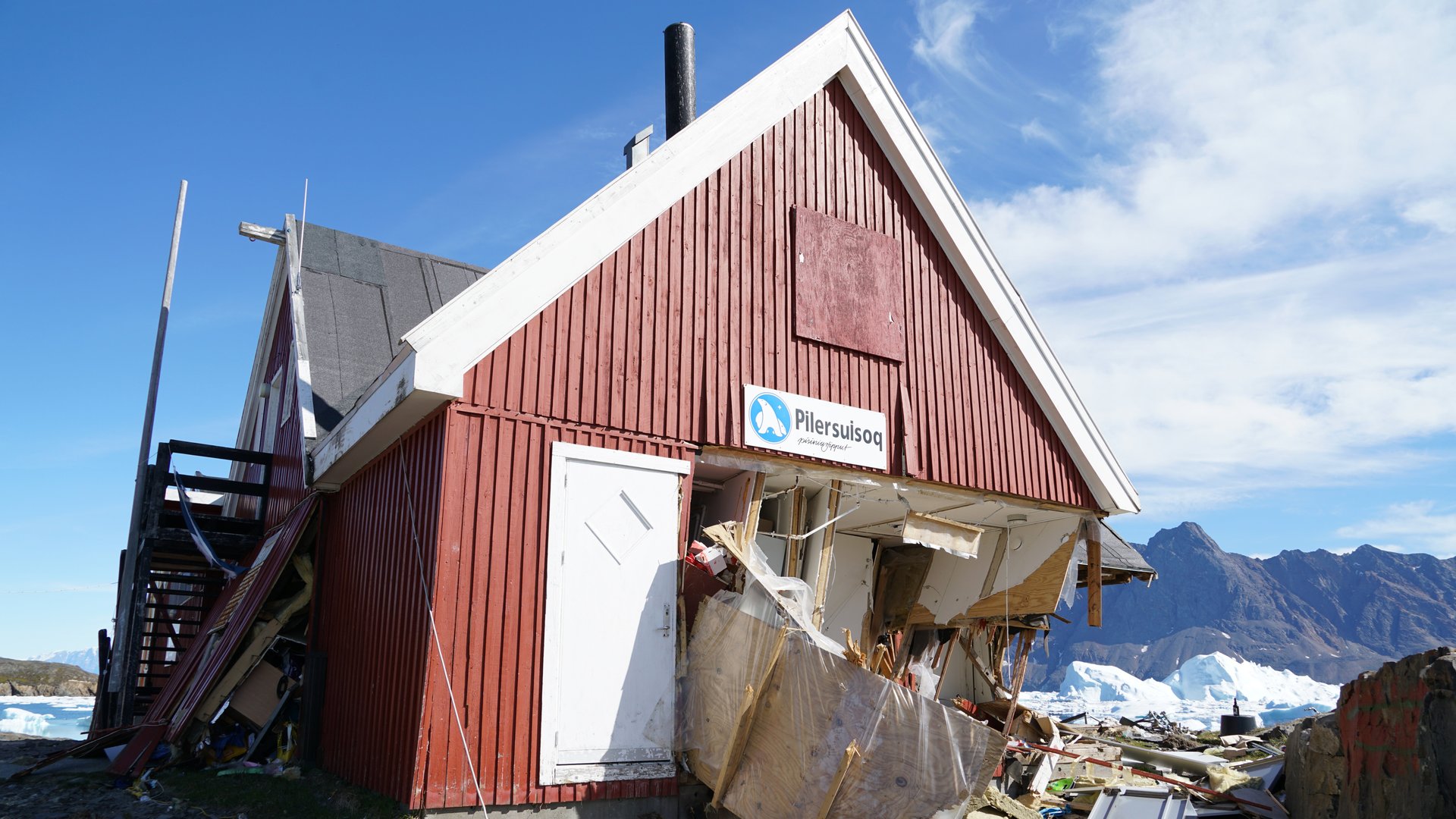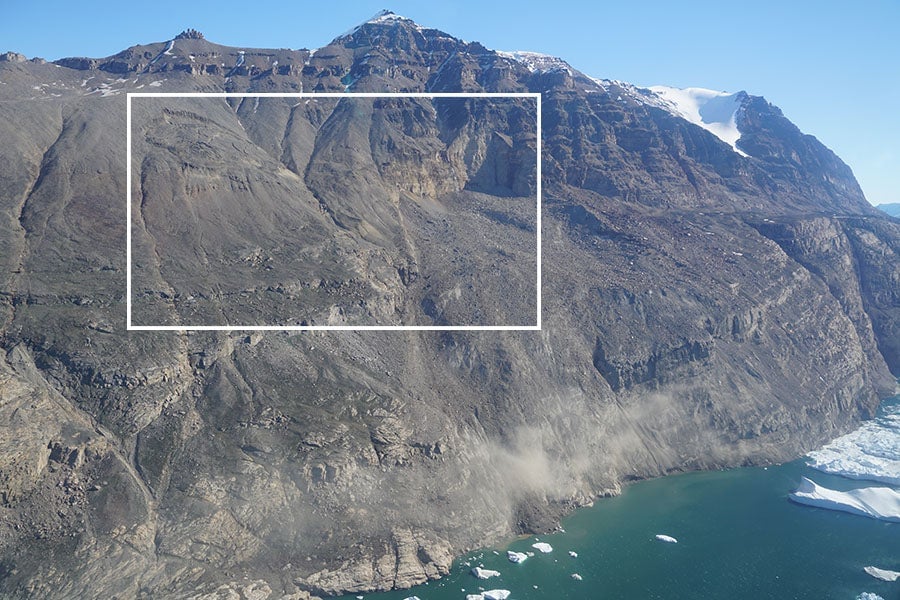A rare mega-tsunami in Greenland is helping researchers prepare for a new climate-change threat
On the evening of June 17, residents in the Greenland village of Nuugaatsiaq felt a low rumble shake the ground. In a coastal town like Nuugaatsiaq, this usually means that a tsunami is on its way.


On the evening of June 17, residents in the Greenland village of Nuugaatsiaq felt a low rumble shake the ground. In a coastal town like Nuugaatsiaq, this usually means that a tsunami is on its way.
Within five minutes, a giant tsunami arrived, caused by a massive landslide in Greenland’s Karrat Fjord. The wave washed away 11 homes, leaving four people in the town of 84 residents presumed dead. But because the tsunami struck in a remote location, researchers didn’t know how exactly it had originated and how big it had been. That’s crucial information, since another landslide is likely to happen in coastal Greenland very soon—and even more enormous waves will be on the way around the world as climate change worsens.
Tsunamis caused by landslides in bays can rise to incredible heights, travel at devastating speeds, and cause massive destruction. The biggest one ever recorded occurred in 1958 in Lituya Bay in Alaska, reaching more than 500 meters in height—almost as tall as the Sears Tower in Chicago or Canton Tower in Guangzhou. A similar, albeit smaller, tsunami is thought to have destroyed Geneva in 563 CE.
Many factors can increase the frequency of landslides, including climate change. Warming temperatures mean increased frequency and severity of hurricanes and typhoons, which in turn are expected to cause more landslides. Warmer temperatures have also been implicated in causing mountain boulders to expand, which can lead to more landslides as well.
In an effort to learn more about these kinds of tsunamis, Hermann Fritz, a civil engineering professor at the Georgia Institute of Technology, took a trip to survey the area where the Greenland wave struck this summer. His team found evidence that the tsunami wave was more than 90 meters high. For comparison, the 2011 tsunami off the coast of Japan, which killed 16,000 people and caused the Fukushima nuclear meltdown, was no taller than 40 meters.
“At these depths, tsunami waves travel about the length of a football field every second. So the tsunami wave arrived very fast—probably on the order of five minutes for this village 30 km away,” Fritz said in a press release. “The combination of a small earthquake from the plunge of the landslide, the sound, and unusual iceberg motion in the fjord prompted a spontaneous self-evacuation.”

Authorities in Greenland are now preparing for the likelihood of another landslide. As the image above shows, another landslide remains active, and may crumble into the bay at any time.
Fritz and his team were able to collect the information required for a 3D reconstruction of the event. “We had an unusual opportunity to record the aftermath of one landslide and tsunami and the baseline of a potential future event,” Fritz said.
Such information is very valuable to researchers, who need data from at least 10 such events to create computer models and create warning systems, according to Costas Synolakis a tsunami researcher at the University of Southern California.
“Earlier, we didn’t really believe such extremes were possible,” Synolakis said of the enormous tsunamis in an interview with Nature. “But with global warming and sea level rise, such landslides are going to be far more common.”